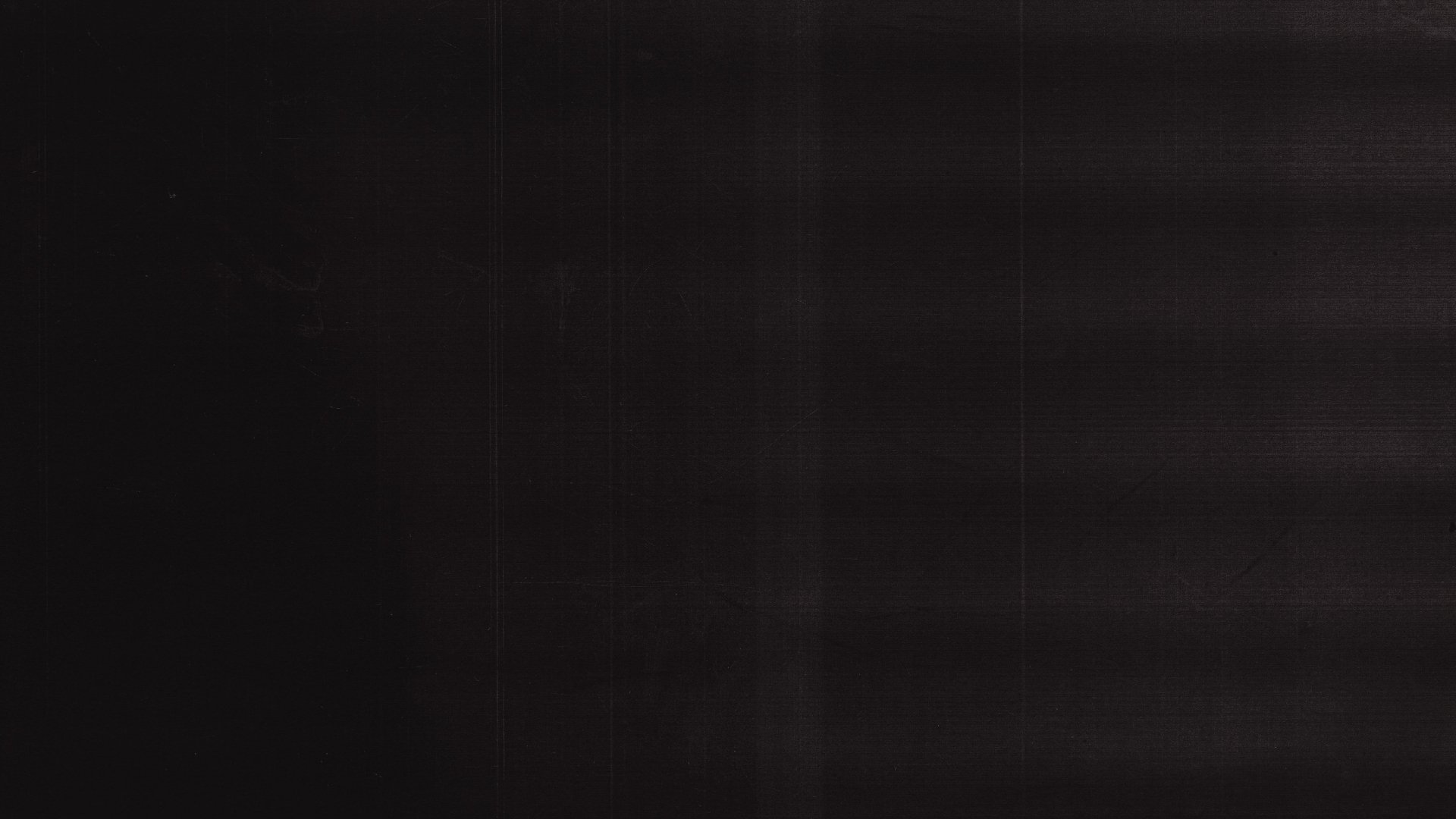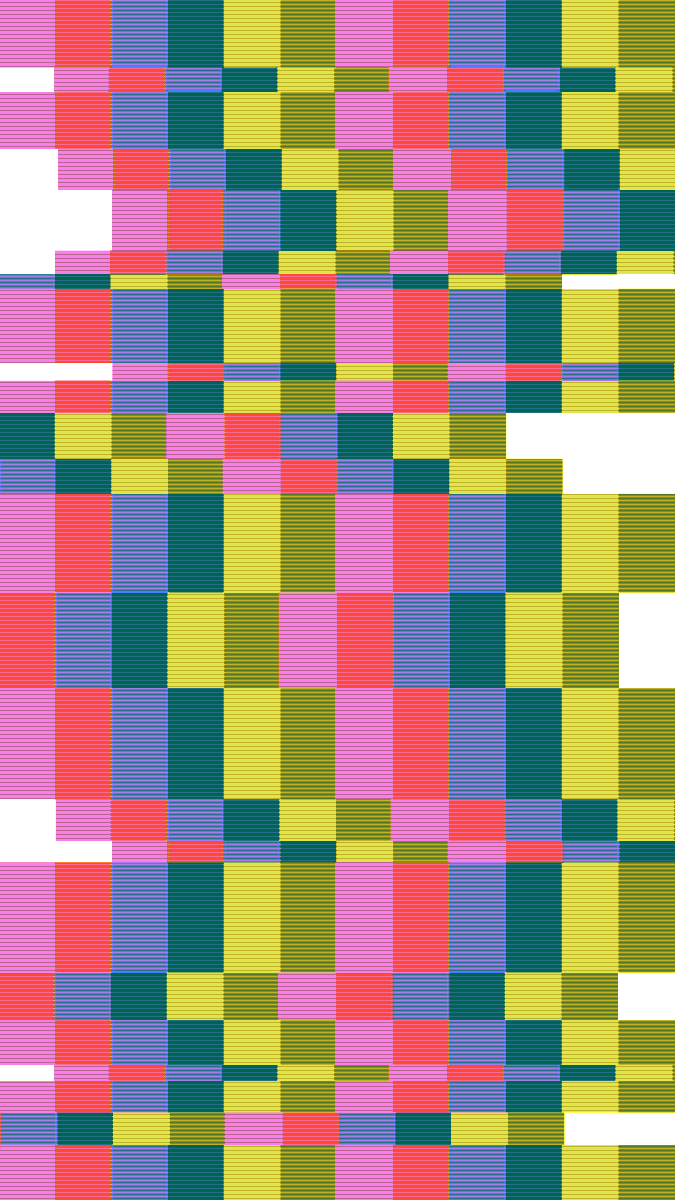
Studio Visit: Norf Art Collective
Story By: Cat Acree
Photography: Daniel Meigs
Nashville Design Week 2018
Community engagement is at the heart of the Norf Art Collective, a group of artists that formed following 2015’s Norf Wall Fest.
Organized by Jay Jenkins (aka WOKE3) and funded by a Metro Arts THRIVE grant, the event transformed a courtyard in North Nashville into a canvas and brought together the artists that would eventually form the core of the Norf Art Collective: WOKE3, doughjoe, Keep3 and ArJae (aka Sensei). In the intervening years, the collective’s murals have memorialized civil rights leaders and sparked conversations of affordable housing and gentrification. They’ve honored the North Nashville neighborhood’s history and unearthed some of its roots. Norf’s voices—which extend far beyond its founders—speak clearly to and about their city, and above all, they’re making a statement of what their neighborhood’s future will be. This is design with people in mind.
Unlike other NDW interviews, this one had to take place over the phone, in which WOKE3 was painting (and making a pizza) and Sensei was doing some graphic work (and making a sandwich.)
How did Norf begin?
WOKE3–
I knew ArJae from probably the year before [the Wall Fest]. We did a poetry and arts fest together, and after, I started planning for the Wall Fest because it was my senior project. He was one of the first people I thought about [for the project] because I’d already seen his work, and one of his friends introduced us, and so that’s how that whole connection was made. Doughjoe I met probably during the planning process, and then again, the same thing: A friend of ours introduced us, but we kind of ran into each other just out biking every day. And Keep3 I’ve known since high school. Along with other artists like [Brandon] Donahue and [Sam] Dunson, we all were in this project, and we created those murals and everything like that, and that’s how Norf came out of the Wall Fest.
Why did you form the collective?
WOKE3–
If you had seen this space before [Wall Fest]—there was stuff on it, and stuff around it, but you had empty walls. After the Wall Fest, people loved to see it. They were talking about it, saying that they loved to come out and be able to see that. The reaction: Look how powerful we are when we come together. That’s really what it is, people coming together. Man, look how powerful you can become. That sparked like, we should come together and do something like this more often.
Speaking about “you’ve seen the space before,” what makes a good wall? How do you pick a wall, and how do you approach it?
Sensei–
It depends on the space. That can open up a lot of opportunities of what you can actually put on there, especially if there are pipes running outside, or it’s a weirdly shaped wall. Maybe it’s a little long in some areas and short in other areas. That can give you a little room to play with concepts and how you would go about doing it. Sometimes the wall picks you, and sometimes you pick the wall.
When has the wall picked you?
Sensei–
The “Workers’ Dignity” wall … It had some overgrown parts, and during certain times of year, it’s going to look full and flush. It was cool to think like, what kinds of colors could go there? We knew the time [constraint because it was commissioned], but now you get to play with the little elements that were already pre-existing, and you can either work around it or work with it. We definitely worked with it on that one. It kind of informed us, design-wise.
There’s a certain air of mystery around you guys—with the artist names, which seem to suggest a separate and mysterious persona, as well as what appears to be intentional vagueness on your website when it comes to who you are, with a greater emphasis on the projects themselves. And I know that during the photoshoot, one of y’all didn’t want to show his face. What’s that mystery?
Sensei–
I don’t think it’s intentional as far as gimmicky. If anything, the idea is to bring light to these projects and these spaces and not so much focuses on the faces behind them.
WOKE3–
It’s focusing on the work.
Sensei–
It’s about the community that we’re serving.
When you put this work up on a wall, it’s almost like it immediately becomes endangered, especially in a boomtown like this. The art could be knocked down as quickly as some great old building. With that in mind, what do you consider to be your role within Nashville?
WOKE3–
As artists—and this is me personally, someone else might look at things differently—as artists, we’re scribes. We tell what’s going on. We put it out there. If it’s me, I put it out there visually. Everything comes to me, and it becomes this story that I have to tell. As artists, we can speak to somebody subconsciously. If you look at a piece—and that’s why I love public art and why I think public art is very important. If you’re just driving down the street, you might not be looking out for things that are going on. You’re just going through your day-to-day routine. But as you see a mural on a wall that’s just huge, that has little girls sitting in a broken house or something like that, that’s talking about home. You’re going to stop. You’re going to think or feel something. … As artists, we don’t have to do anything for people. We can just stay in our studios and paint. But you know, I started off doing graffiti, so I always wanted to push a message out.
Sensei–
It’s finding out what your social responsibility is as a creative. For me, it can’t be just focused on the self, especially if it’s public [art]. The ideas are for everyone else. Keeping that in mind, what is your social obligation, and are we being responsible? Imagery is very powerful. How Woke had mentioned the opportunity to penetrate the subconscious and to really spark something in someone who might be casually going back and forth in their commute or going to school, you can have something very self-serving or very detrimental, or you can put something up there that sparks a conversation.
So your work is speaking very intentionally to a community. What has that community taught you turn? I’m asking because I heard that a man pulled over while you were painting the mural of Jimi Hendrix and told you that he was dressed differently than what you had, that he wouldn’t have worn that ’60s psychedelic look that we know him for.
WOKE3–
No, no, no, no! What are you doing?! [laughing] STOP. STOP. STOP. Oh man, that was funny.
Sensei–
Moments like that. They’re always teaching us. Part of that is being aware that art creates communication. It’s a form of communication that sparks communication. When the dude came over, he put us on game. Do you think that would’ve happened if we were tucked away in a studio?
WOKE3–
I’ve been meeting a lot of people, a lot of elders. They’ve always got some knowledge for you. They see where your work is headed, and once you talk about the subject, they want to put what they know in. They tell you stories about the neighborhood from maybe 50 years ago.
What else have you learned about the neighborhood?
WOKE3–
I learned about Club Baron from back in the day. I didn’t know about all those people coming in and playing, like Little Richie. There’s another club I’m thinking about—the Shack. My dad told me about it. He said when he was young, he snuck up there and tried to get in. They wouldn’t let him in, but he said that place used to be jumping so much that the building would be moving, literally moving. They had that on Jefferson Street, and then you think about all that before the interstate coming through and destroying everything. We had a community inside—we didn’t have to go out, we had it here.
Sensei–
If we had that now, man. I know Ella Jean’s had its spot, was something that was going on. But it is kind of cool how some of those traditions are still there despite all the changes—the interstate, gentrification and stuff like that that we’re facing now. There’s still those pockets of folks that do gather and do really dope community-engagement things.
What do you see as the future for Nashville’s design community? Or maybe, what do you hope it will be?
Sensei–
I don’t know if I see a specific future, but a hope would be: being cognizant of what’s here and not trying to reinvent something. Notice the infrastructure that’s already here, the people that are already here, the culture that’s already here. It’s a big, beautiful city. In the four years I’ve been here, it’s become grafted onto my skin. There’s that phrase: We’re not place-making, we’re place-keeping. Whatever happens in the future, I just hope that that’s the general consciousness.
—





